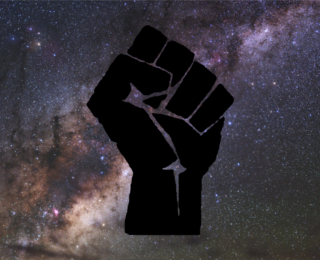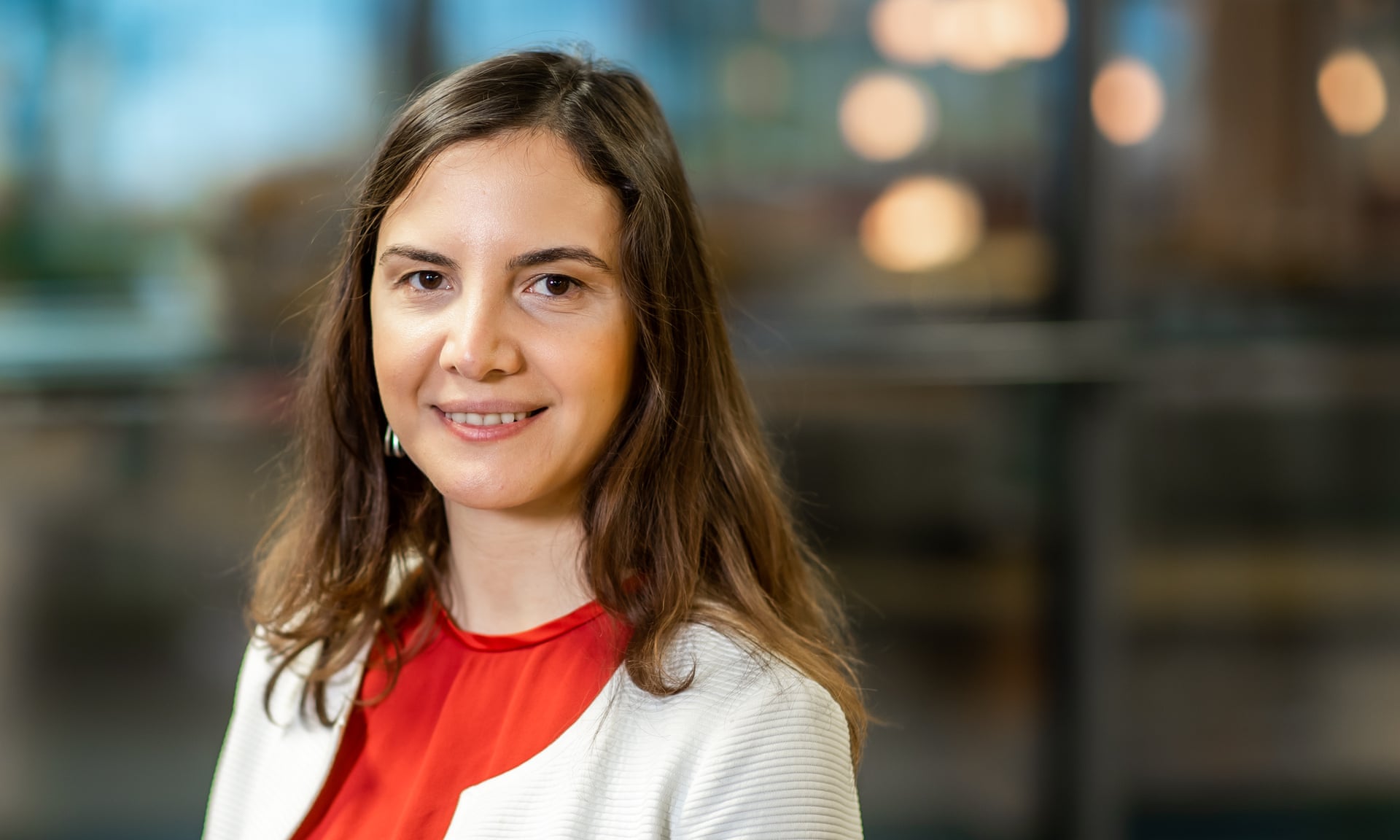
Image credit: Astrobites. Credit for the Milky Way picture in the background of the featured image: ESO/B. Tafreshi (twanight.org)
Astrobites, a grad-student led website that summarizes astrophysical journal articles for undergraduates, has been posting articles highlighting the experiences of Black astronomers in their series #BlackinAstro. We highlight the articles here with links to read more.
#BlackInAstro: How Can We Support Black Astronomers?
By Astrobites
This week, the U.S. is rising in protest in the wake of the murder of George Floyd by the Minneapolis Police Department. The murders of George Floyd, Breonna Taylor, Tony McDade, and Ahmaud Arbery are the most recent in a long history of extrajudicial murders of Black people in the U.S. We at Astrobites stand in solidarity with the protestors, and against the systemic anti-Blackness that continues to enact violence on Black people in this country. We recognize that these same systems pervade academia and our field, and contribute to the inequities present in astronomy.
Why are we discussing these issues on an astronomy website? First, our scientific research is stronger when it comes from a community grounded in respect and diversity. But most importantly, we believe that the people in our community should be prioritized over our science. In order to do so, astronomy must be explicitly anti-racist and actively work to support Black students and researchers.
Read more at






